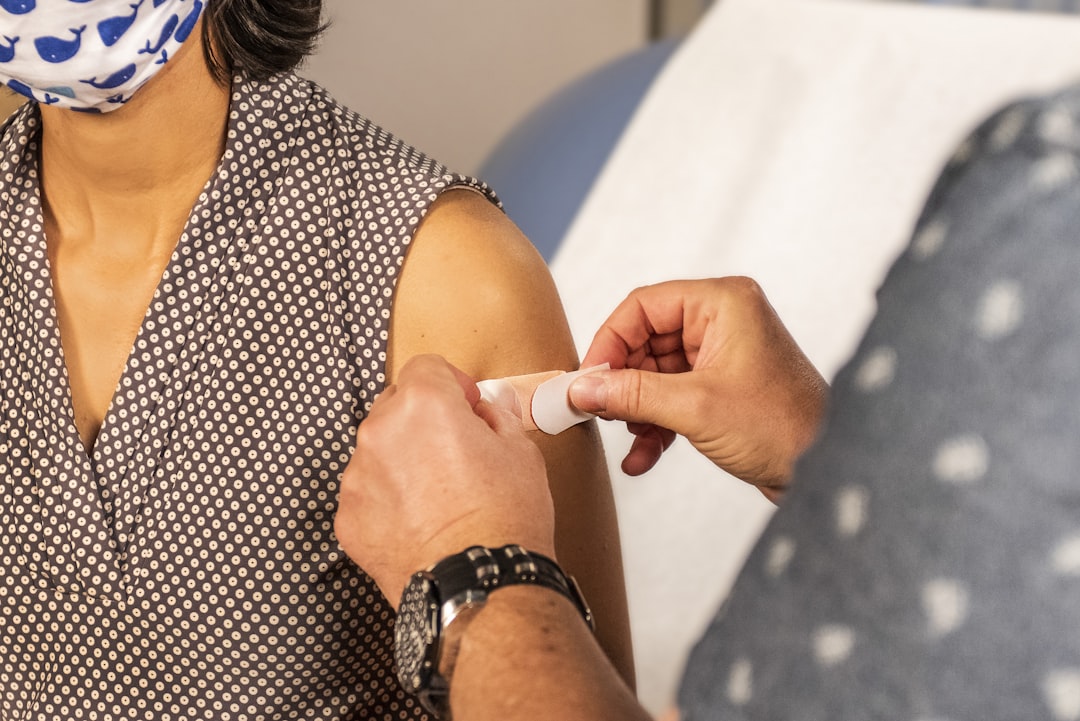What is it about?
Sexual harassment has long been a problem in military populations, and it affects men as well as women. However, existing measures may not perform the same in men as in women. We used exploratory factor analysis in a mixed sample of active duty troops and Veterans to compare men and women's responses to a modified version of the Sexual Experiences Questionnaire (SEQ). The SEQ is the current gold standard for assessing sexual harassment in military samples. Results showed that the factor structure of responses to the modified SEQ differed by gender. Implications and suggestions for improving the SEQ's validity for men are discussed.
Featured Image

Photo by Rafaela Biazi on Unsplash
Why is it important?
The modified SEQ is used to monitor trends (i.e., is sexual harassment increasing or decreasing?) as well as overall burden of sexual harassment in the military. If it does not perform the same in men as in women, then it may not be an ideal measure for monitoring these events and may not give an accurate picture of men's experiences. Furthermore, if the modified SEQ is measuring different things in men and women, then men and women's sexual harassment scores should not be compared directly.
Read the Original
This page is a summary of: Sex Differences in the Factor Structure of a Modified Sexual Experiences Questionnaire, Psychological Reports, December 2010, SAGE Publications,
DOI: 10.2466/03.08.16.pr0.107.6.773-783.
You can read the full text:
Contributors
The following have contributed to this page










